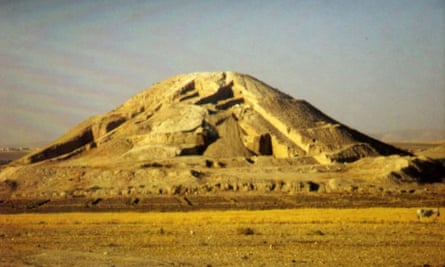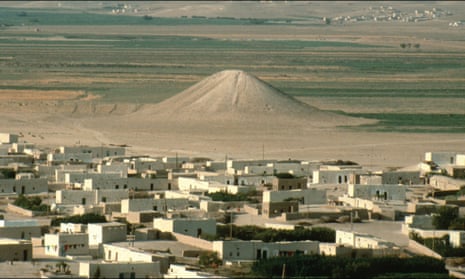A burial mound in northern Syria has been identified by researchers as perhaps the world’s oldest known war memorial.
The site, known as the White Monument, in the town of Tal Banat had previously been thought to be an ancient mass grave of enemy fighters. However, a report published in the journal Antiquity on Friday suggests it was a memorial for the community’s battle dead from the 3rd millennium BC.
The authors of the report say the systematic placement of the dead suggests the mound was likely to be a memorial to a state army that had used chariots in battle. It also raises the possibility that enemy dead may have been among those buried.
Similar sites are dotted across northern Syria and some are thought to be monuments to conquests in battle, with vanquished armies buried haphazardly in mass graves. Many have Mesopotamian inscriptions as tributes to victory.

However, the Tal Banat site differs both in the organisation of bodies and the composition of the mound itself; its careful assembly suggests it was instead compiled as a tribute to war dead.
“Ancient people honoured those killed in battle, just as we do,” said the lead author, Prof Anne Porter from the University of Toronto.
“We do not know whether they were the victors or the losers of that battle. We do know that they took the bodies of the dead from some other place, perhaps long after the event, and interred them in a huge mound that was visible for miles around.”
Such a find is thought to mark the first known organised memorial to war anywhere in the world. The report suggests the construction of the memorial – a major undertaking at the time – would have sent a message to nearby communities. It also raises the possibility that the significance of other sites in northern and central Syria have not been fully understood and could offer fertile ground for archeological research.
